Is OCSetupHlp.dll a Malware and How to Remove it
It's a threat that should be eliminated ASAP
3 min. read
Updated on
Read our disclosure page to find out how can you help Windows Report sustain the editorial team. Read more
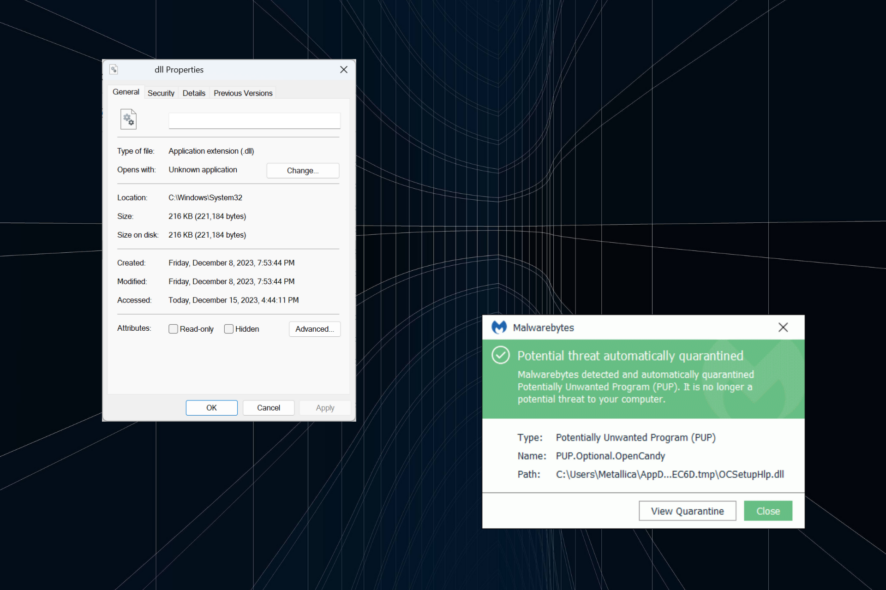
Several antivirus, including Malwarebytes and AVG, label OCSetupHlp.dll as a threat or malware. The DLL file is linked to OpenCandy, a known PUP (Potentially Unwanted Program) that comes bundled with other programs, such as uTorrent and CDBurnerXP.
OpenCandy can change the user’s default browser or homepage, install malicious extensions, or share the browsing history with third parties. Users also reported high CPU usage, sometimes in the range of 70-90%, after OpenCandy was installed. Both OCSetupHlp.dll and OpenCandy pose a threat and should be removed from the PC.
How do I remove OCSetupHlp.dll?
1. Manually delete the DLL
You can always head to the DLL’s storage location and delete it. As per our findings, OCSetupHlp.dll is usually stored in one of the following paths, where Username is your active profile name: C:\Users\Username\AppData\Local\Temp\OpenCandy\OCSetupHlp.dll C:\Users\Username\AppData\Local\Temp\nscCA72.tmp\OCSetupHlp.dll C:\USers\Username\AppData\Local\Temp\Nsl97b.tmp\OCSetupHlp.DLL
Remember to show hidden items for the AppData folder to appear. If you can’t find the file, check the path listed in the threat notification from the antivirus. Once deleted, also empty the Recycle Bin.
2. Run a malware scan using Windows Security
- Press Windows + S to open Search, type Windows Security in the text field, and click the relevant result.
- Click on Virus & threat protection.
- Click on Scan options.
- Now, choose Full scan and click on the Scan now button.
- Wait for the scan to complete and let Windows Security quarantine or delete the OCSetupHlp.dll virus.
If Windows Security doesn’t flag the DLL, you can always use an effective antivirus solution. The file is identified as a threat, if not malware, by most antivirus programs.
ESET HOME Security Essential is an advanced security software, it comes with an in-depth scanning feature that will help you detect any threat to your computer. This tool also has its own powerful firewall, real-time threat scanning, ransomware shield, and many more.
⇒ Get ESET HOME Security Essential
3. Uninstall OpenCandy and the problematic application
- Press Windows + R to open Run, type appwiz.cpl in the text field, and hit Enter.
- Select OpenCandy from the list of programs, and click on Uninstall.
- Follow the on-screen instructions to complete the process.
- Also, uninstall any other applications developed by SweetLabs.
- Finally, restart the computer.
If your antivirus still flags the OCSetupHlp.dll malware, it’s likely that the DLL wasn’t removed during the app uninstallation. So, use a reliable software uninstaller tool to delete all leftover files and Registry entries.
4. Reset Windows
When your PC is infected with malware, experts recommend resetting Windows to factory defaults because you never know which other files are affected or compromised. And there’s a possibility that the antivirus might miss a few. So, completely wipe the PC!
This will lead to data loss, both stored files and installed apps, but it’s the best approach. A reset also helps when removing Gcapi.dll.
Once you have dealt with OCSetupHlp.dll, we recommend enabling the best Windows 11 security settings for a safer experience and to prevent such issues from arising in the future!
We also have a new guide on fusion.dll, so if your antivirus ever flags this software as malicious, that guide will tell you everything you need to know. You should also check our guide on OCComSDK.dll, since it’s associated with OpenCandy software as well.
For any queries or to share how you removed the DLL threat, drop a comment below.
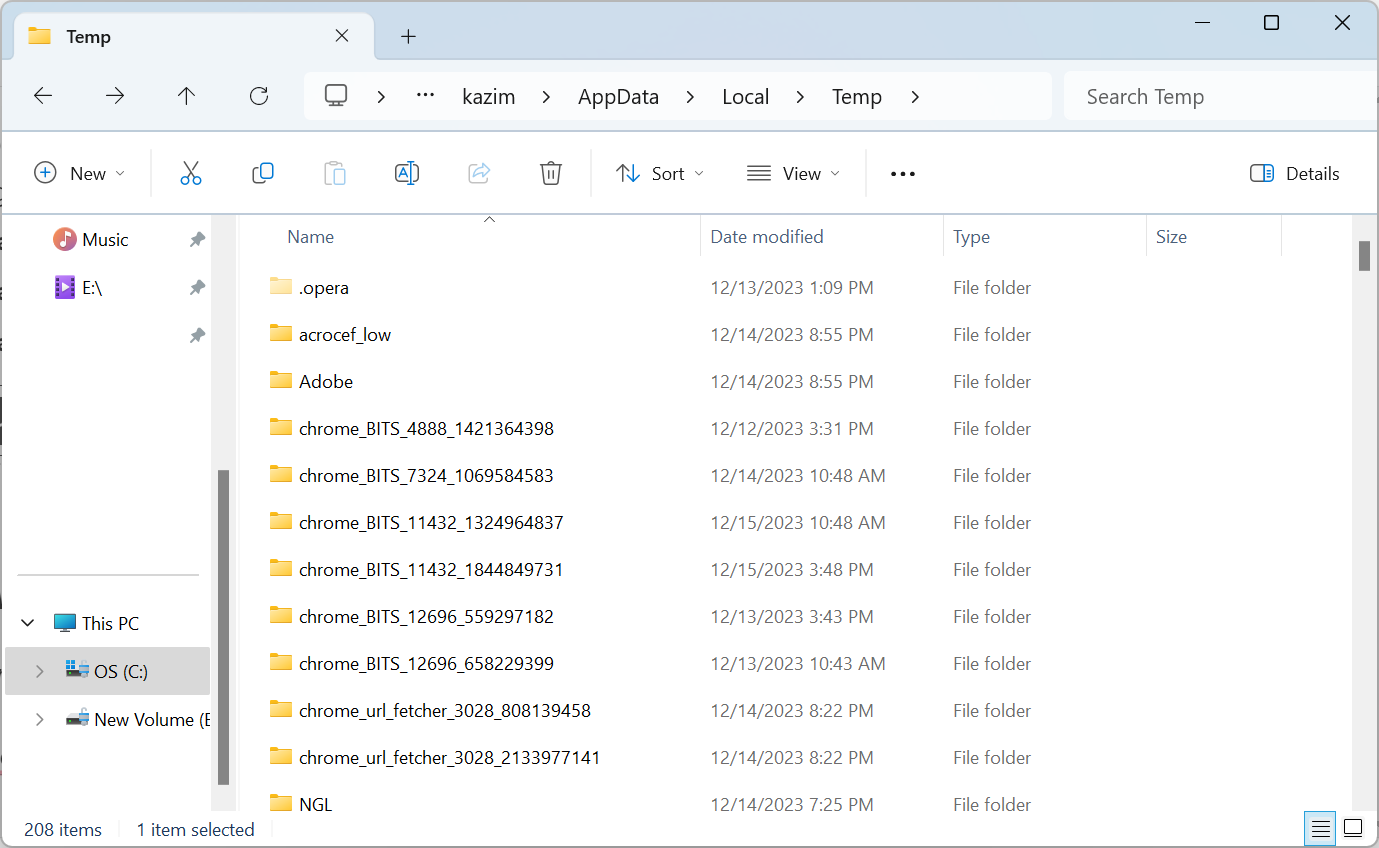
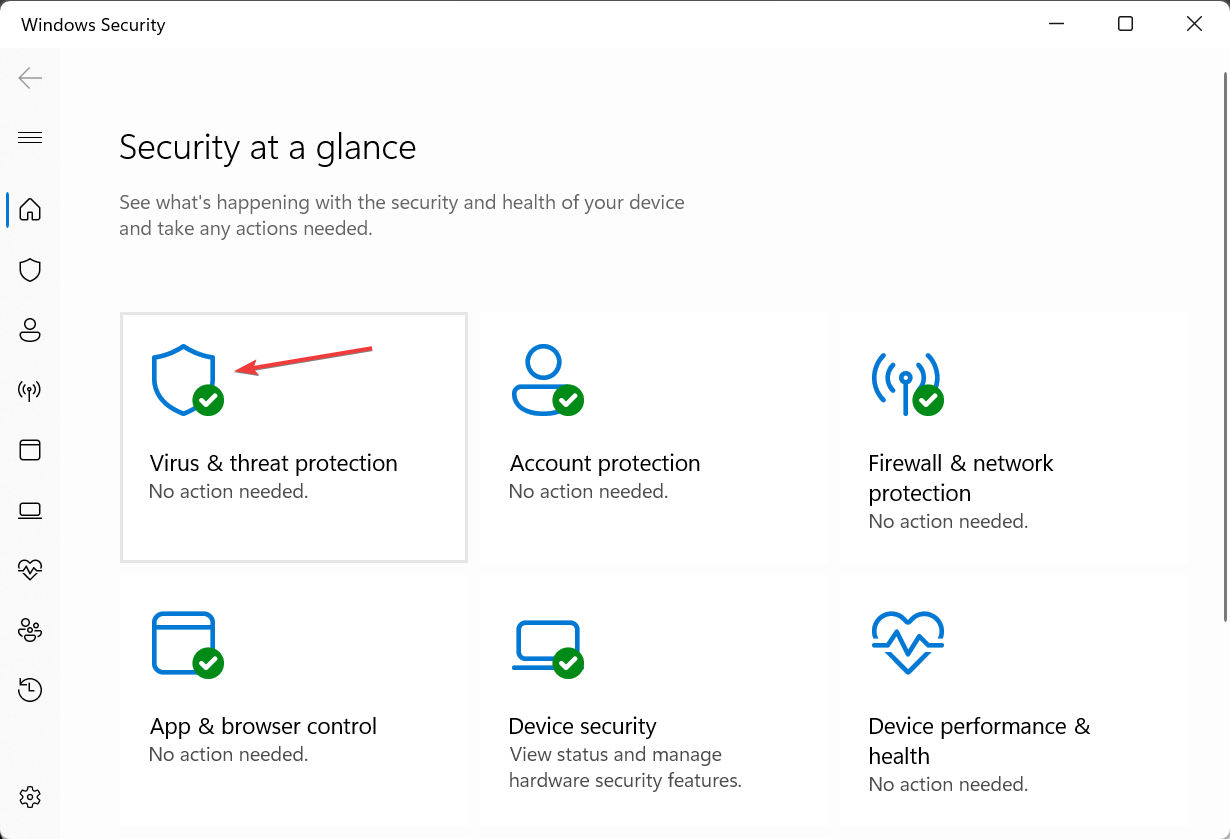


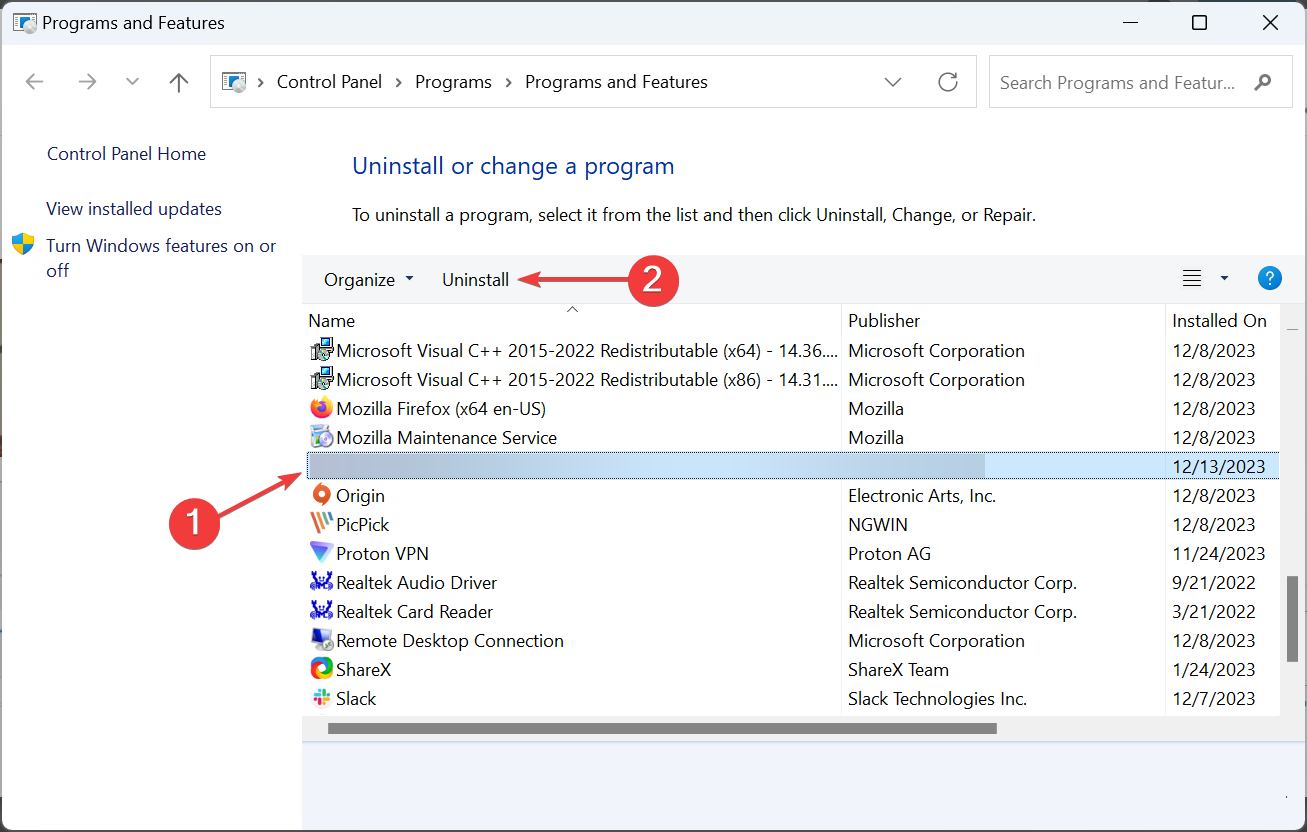


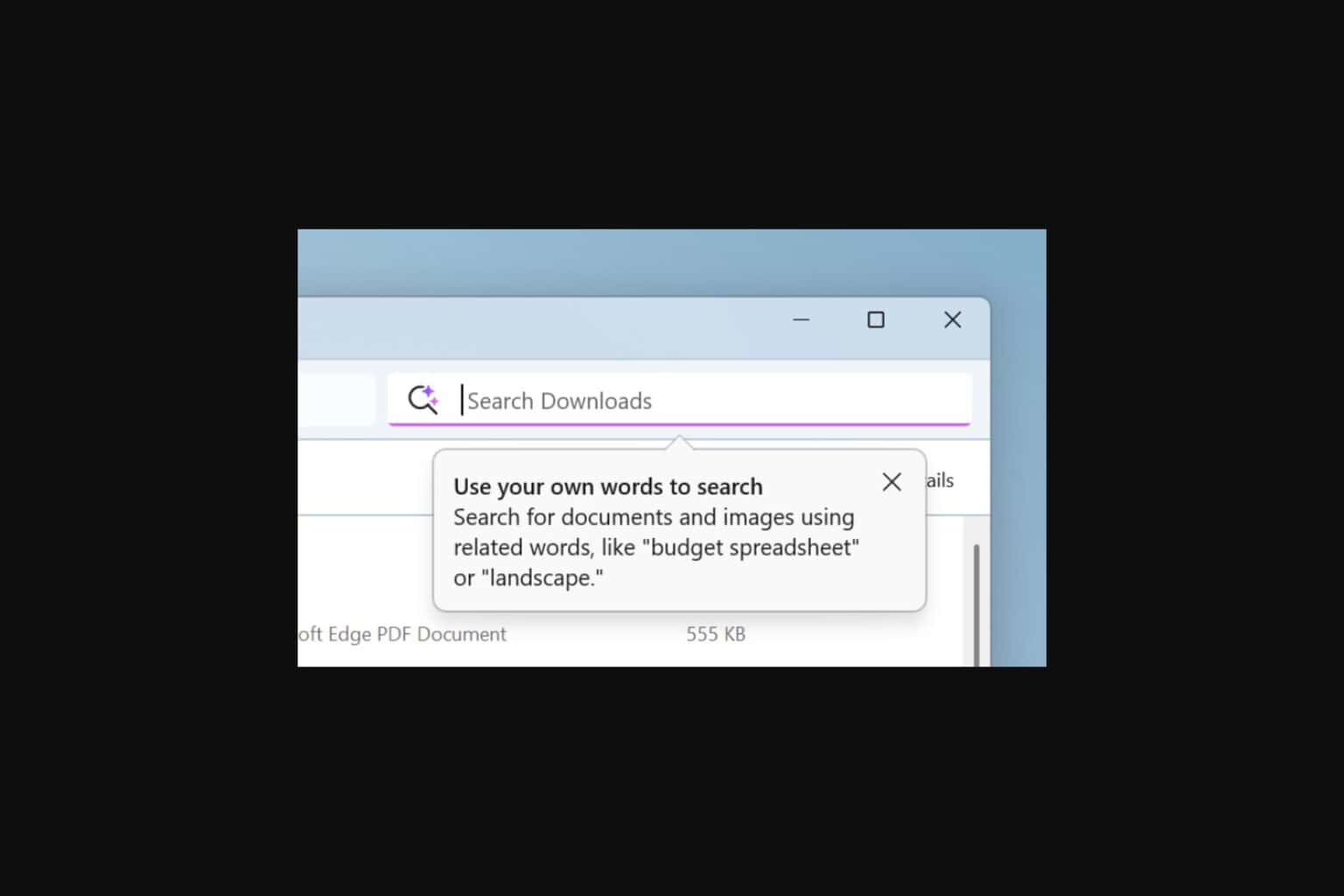
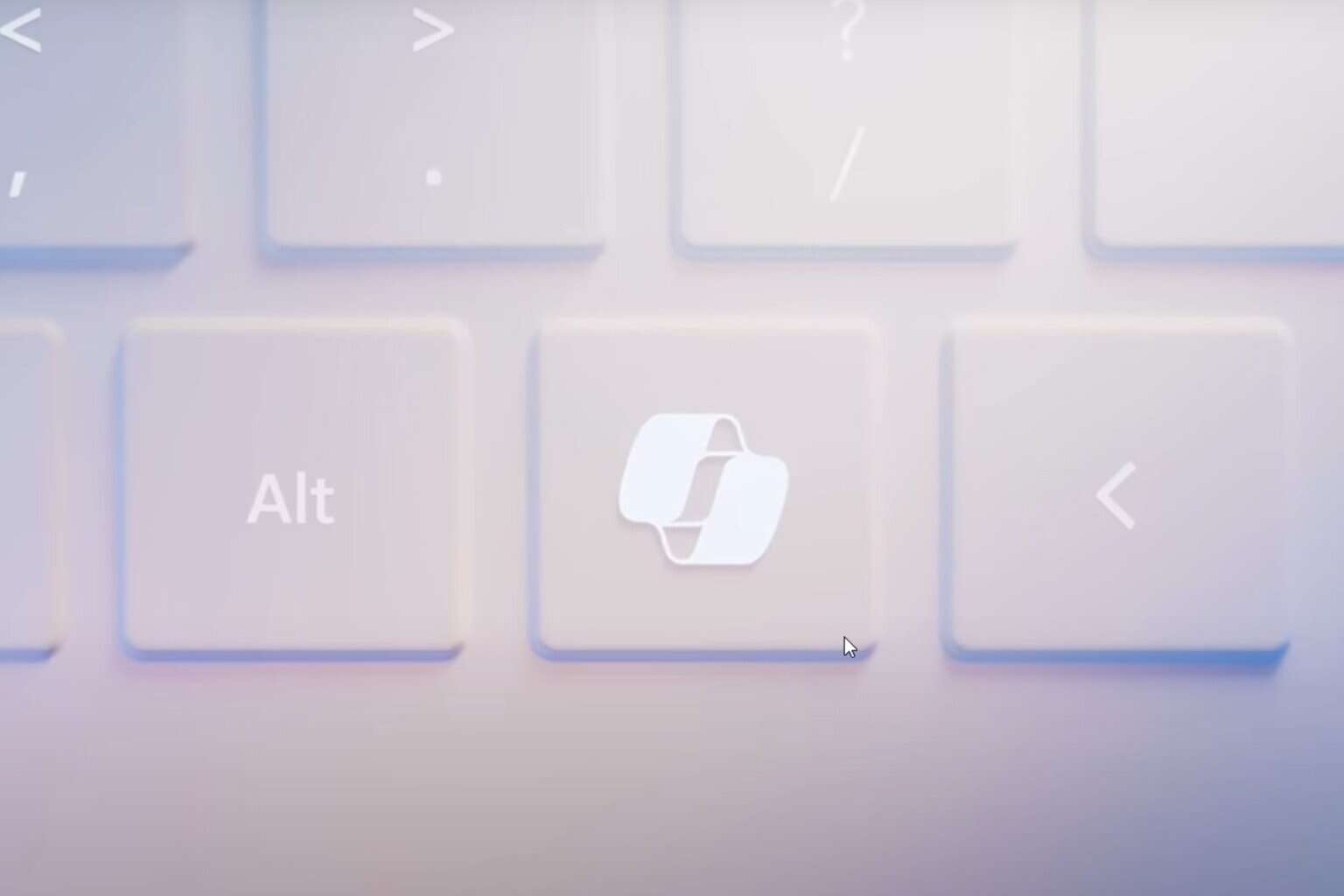
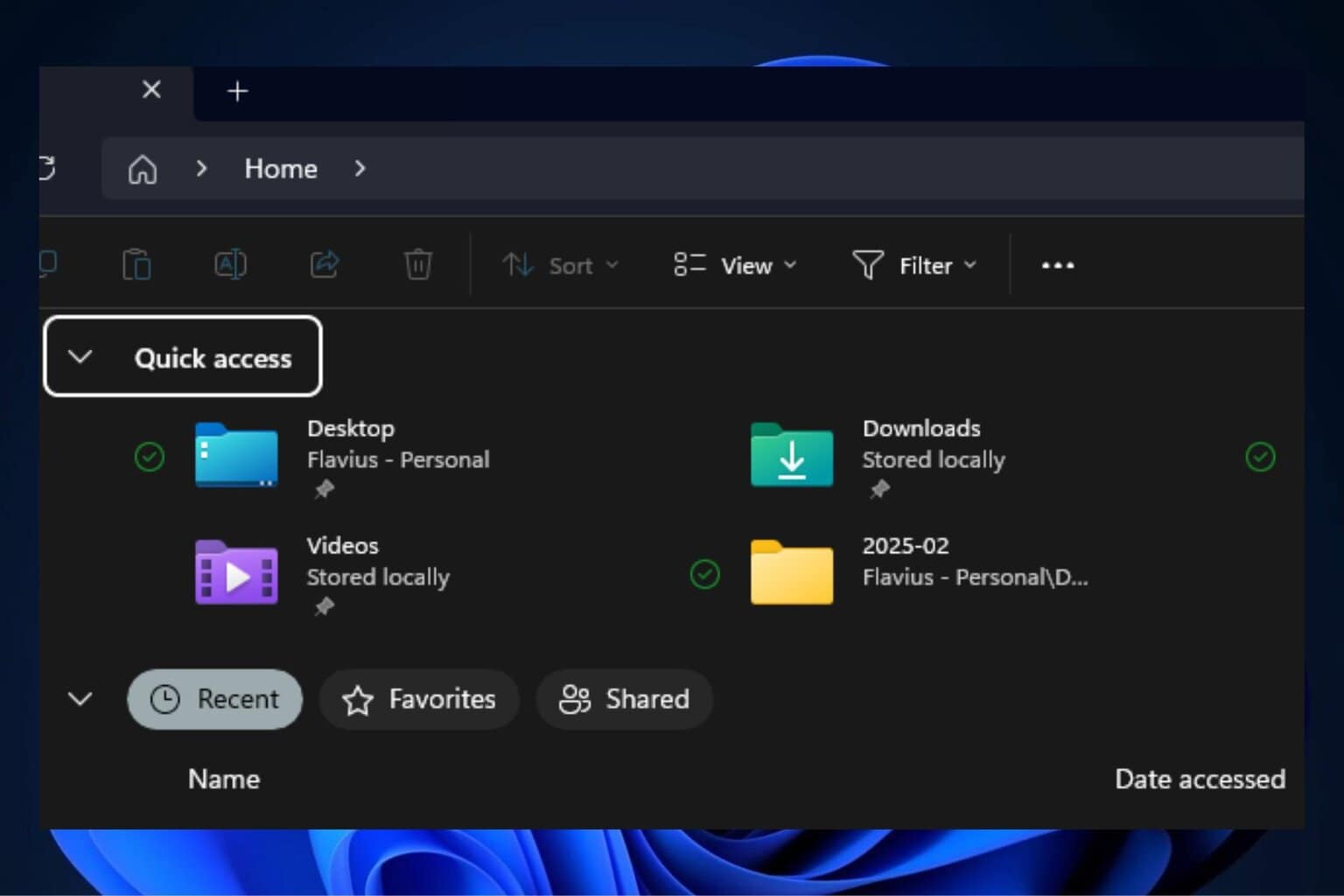

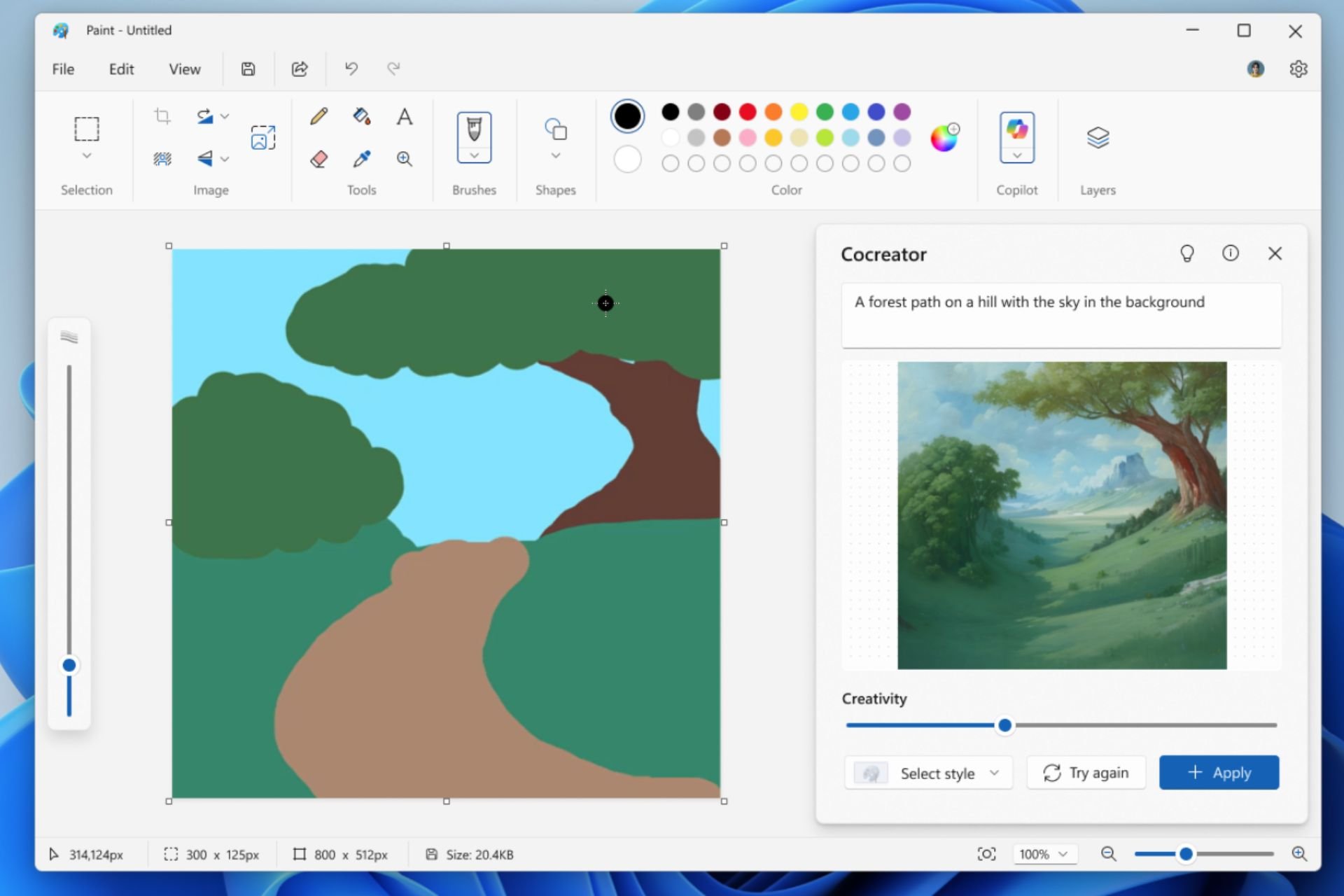

User forum
0 messages